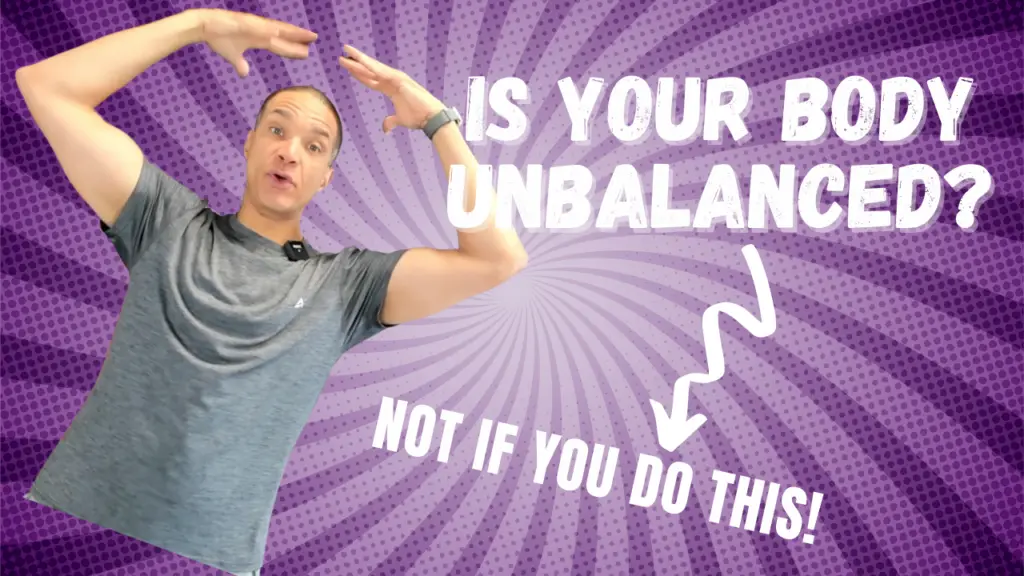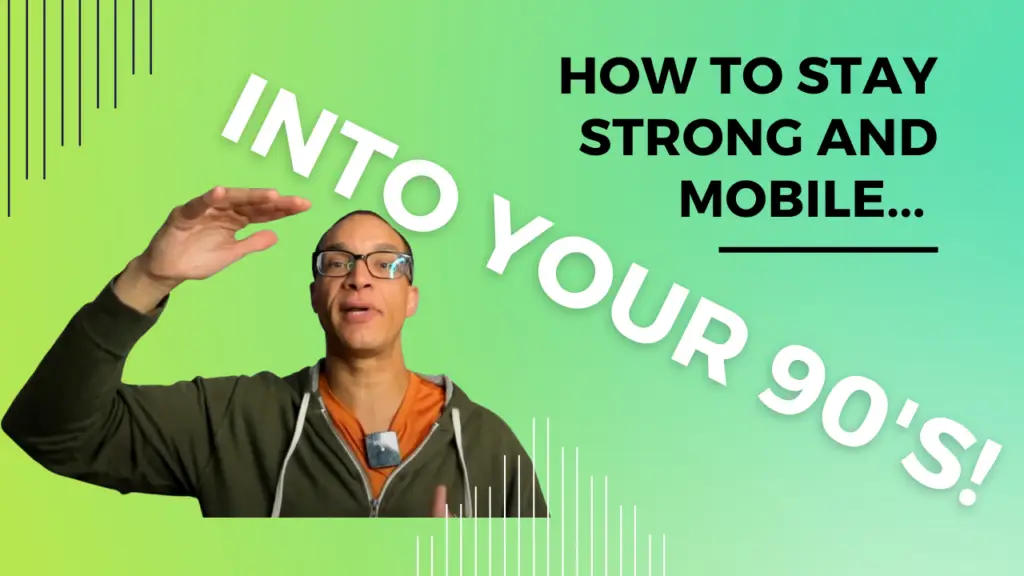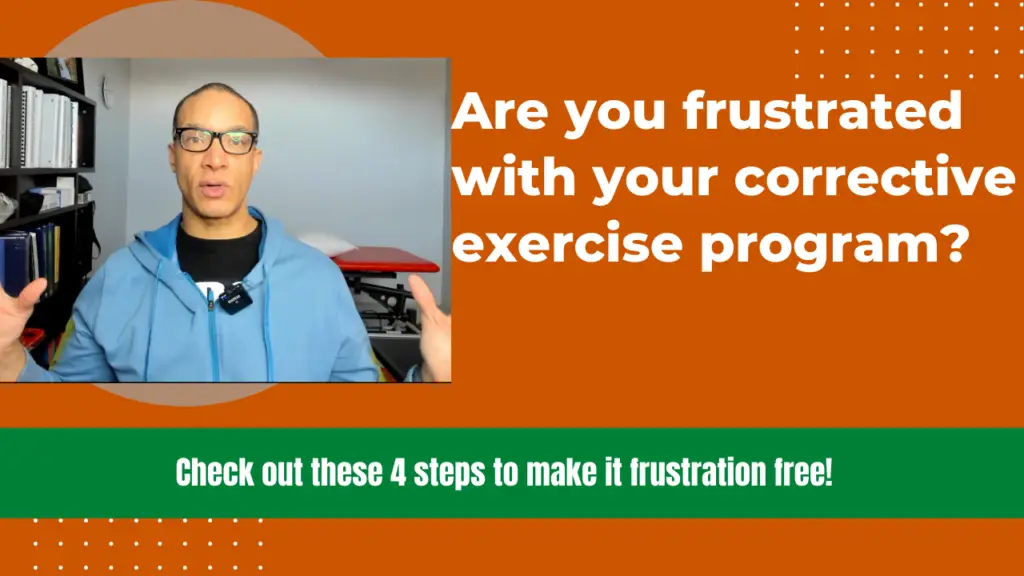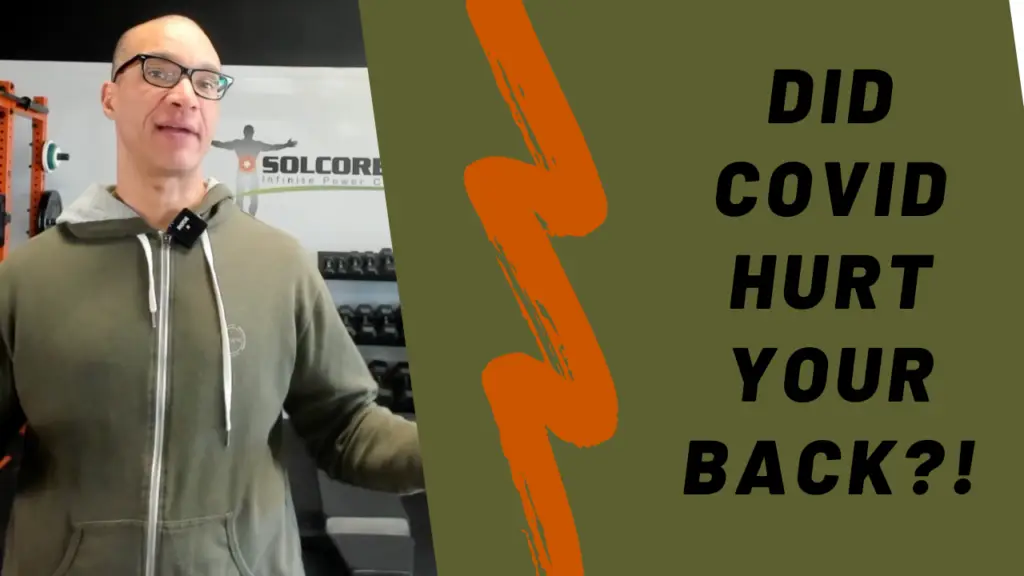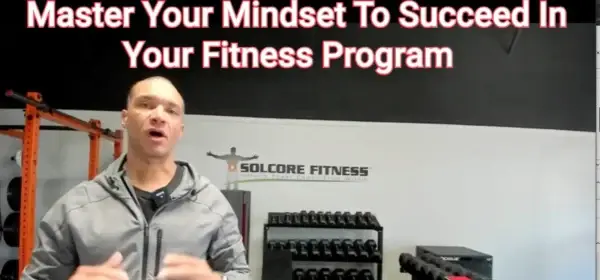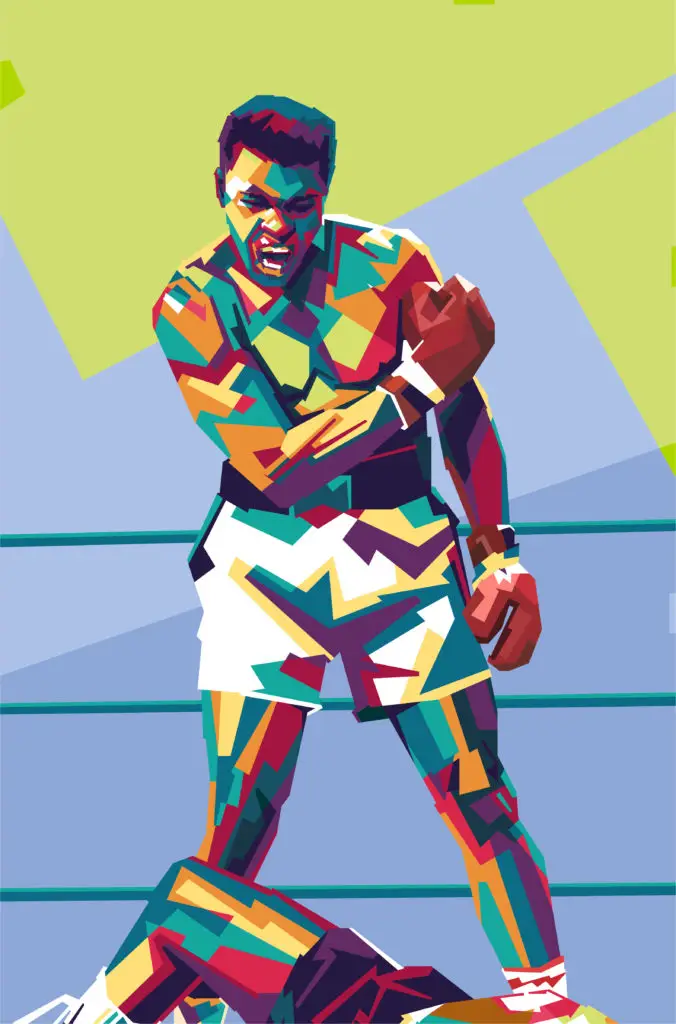
Accomplish your goals.
Muhammad Ali famously said he “hated every minute of training, but I said, ‘Don’t quit. Suffer now and live the rest of your life as a champion.’” This mindset—enduring discomfort today in service of something greater tomorrow—is a hallmark of champions, and one of the most powerful mental shifts you can adopt to achieve your goals in any area of life.
Even Ali admitted: it’s not always glamorous. It can be boring, grueling, and sometimes feel totally pointless. But instead of letting that defeat you, he chose to live “as if” the outcome was already his. What if you could harness the same focus and vision, not just in the gym, but in your daily life?
Here’s how you can do it:
- Imagine your life after you’ve achieved your goal.
Visualize the specifics:
👍🏽 How brightly will you smile, feeling your body working properly while you play with your kids?
👍🏽 How much will you enjoy saying YES to new activities—kayaking, traveling, running, or lifting—thanks to your confidence and balanced, healthy body?
👍🏽 How will it feel to embrace opportunities, not hide from them?
Don’t just glaze over these questions with a quick “oh, that’d be nice.” Let yourself go deep. Fully invest your senses—imagine the environment, your mood, the people, even the sounds and smells.
- What’s your mood? Are you proud of yourself, or do you retreat and feel disappointed?
- Will you be the person who tries new things, or who stays home thinking about what could have been?
Fire up that imagination. Science and experience agree: acting as if you’re already the champion, parent, entrepreneur, or athlete you aspire to be, builds pathways in your mind and behaviors that make those outcomes possible.
Ali’s secret wasn’t just about suffering through the hard stuff—it was about believing in the outcome every single day and acting accordingly. As he put it:
“Don’t quit. Suffer now and live the rest of your life as a champion.”
What’s your vision? What does your “as if” victory look like? Try living in that future, today and then take every small action with the pride and confidence you’ll feel when you finally reach it.
Have you tried this mental strategy to accomplish your goals? Let me know in the comments your story could inspire someone else to live “as if” their dreams are coming true.
[Book a free consult] if you’re ready to envision and build your healthiest, most active life, start here.
it’s not just working out, it’s building a foundation for a better life.
Find out more @

